5 Localization Myths You Shouldn’t Believe
CLEAR WORDS
TRANSLATIONS
All News
February 5, 2020 |
5 Localization Myths You Shouldn’t Believe
Localization myths keep businesses from reaching their potential in international markets. Most of these folk tales are based on a lack of information and the still prevalent misbelief that languages don’t influence business.
Marketers and business owners should become aware of the role that the mother tongue language plays in making buying decisions. By communicating in multiple languages with international customers, employees, and business partners, brands can add more value to the table and consolidate relationships.
Let’s take a closer look at five localization myths and why decision-makers in multinational companies shouldn’t believe them.
1) English-Speaking Brands Don’t Need Localization
English is still the global language of business, but only one in four people speak English at a useful level. This means that around 75% of the world doesn’t speak English, which leaves a significant amount of business opportunities off the table when you decide to ignore all these people.
Without proper localization, brands can’t grow internationally. As much as 60% of online buyers rarely or never buy from websites that are only available in English. That’s because people want information in their native languages, as they need to understand what they’re buying.
Localization enables companies to present products and services in languages that their customers feel comfortable using. It builds trust, encourages engagement, and improves the overall customer experience.
2) Localization Is Another Name for Translation
One of the most common localization myths out there comes from not understanding the differences between translation and localization. While translation forms the basis of a localization project, the latter includes a wide range of processes meant to adapt content and products to local markets.
When selling in international markets, a word-to-word translation of your website, app, or customer care best practices isn’t enough to be persuasive. Moreover, it doesn’t provide an excellent user experience, which can lead to frustration and mistrust.
As a brand, you need to overcome not just the language barrier, but also the cultural differences that might keep people from engaging with your messages. Localization services go beyond translation. They target all those technical elements and cultural insights that can make your brand fit into any local market.
Companies that implement a localization strategy present a “local” version of themselves without losing their brand voice. They learn to speak the language like a native, respect the local culture, and understand the buying habits of each category of their customers.
3) Bilingual Employees Are the Best Translators
People who are fluent in two languages aren’t necessarily translators, so you shouldn’t expect your bilingual employees to become language experts overnight. Their experience in the industry could be of help during the localization project. However, translating your content for business purposes is a significant responsibility, and your staff could find this new task overwhelming.
Translators and localization experts develop essential language skills that enable them to choose the best words for each communication context. Not only do they have an excellent command of their native and second languages, but they’re also familiar with cultural differences between countries and regions.
In localization projects, translators do more than put words together to preserve the meaning of your text. They also ensure that the translated content is appropriate in the target culture to provide an excellent service to your clients. They take idioms, humor, or cultural references and find the right correspondent in the target language to make sure no one has a hard time understanding the message.
Bilingual employees are less likely to have the right skills for the job, as they’re already experts in another industry.
4) You Can Cut Translation Costs by Using Google Translate
Google Translate can’t be absent from a list of localization myths, as many people believe it to be the perfect tool for cutting translation costs. While this free service is excellent for quick translations, it’s not recommended for localization projects.
Google is the first to admit that its tool can’t substitute human translation. So, you can’t rely on it for translating web content, newsletters, business emails, software, or any other text that represents your business.
As previously mentioned, translation is an essential part of the localization process, and the quality of your translations affects the outcome of the entire project. Translation errors can influence the first impression you create in a local market and keep you from achieving your business goals.
Take your website, for instance. If you get lost in translation, you fail to communicate effectively with your target audience. When a small mistake slips out, people are most likely to laugh and move on.
But, when your content doesn’t make sense, you risk pushing people away. They could even see your faux pas as a lack of respect for their culture and language.
It’s the sort of risk not worth taking, especially when you’re new to the market. While it may seem a smart way to save some resources, this decision could cost you more in the long run.
5) Professional Translators Don’t Use CAT Tools
In contrast to those who trust a free service to grow their business, some people believe that software and translation tools don’t belong in the language service industry. This is another translation myth that decision-makers in companies shouldn’t fall for. So, if you’re ever advised to opt for “100% human translation”, make sure you know what you’re asking for.
The language industry has evolved from printed dictionaries and people who translate one sentence at a time. Computer-assisted translation is helpful in multiple ways. CAT tools speed up the translation process and ensure more consistency across all translations.
Moreover, they provide you with a Translation Memory, where you can save industry–or company-specific terminology and build glossaries of terms for future projects.
Even if the software performs a significant part of the job, the translator is the one who ultimately decides the form of your translated content. So, it’s “human translation,” but faster, cheaper, and sometimes more accurate.
The language experts curate the communication elements that software can’t see, such as adapting the message to specific audiences, translating humor, and being persuasive.
Localization Myths Slow You Down
The language service industry keeps the wheels of global business turning. Companies need to communicate in multiple languages, which automatically increases the demand for language services.
If you choose not to localize or to take the shortcuts, the market might leave you behind. The sooner you understand how translation and localization benefit global companies, the easier it becomes to choose the right translation services for your business.










